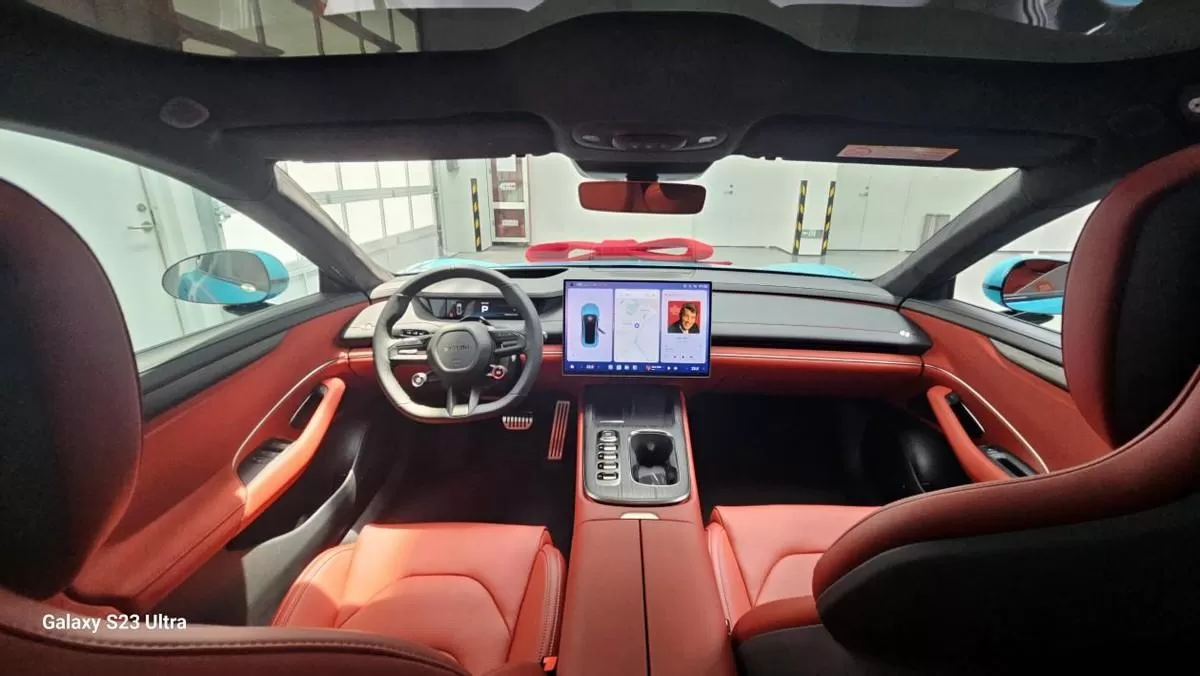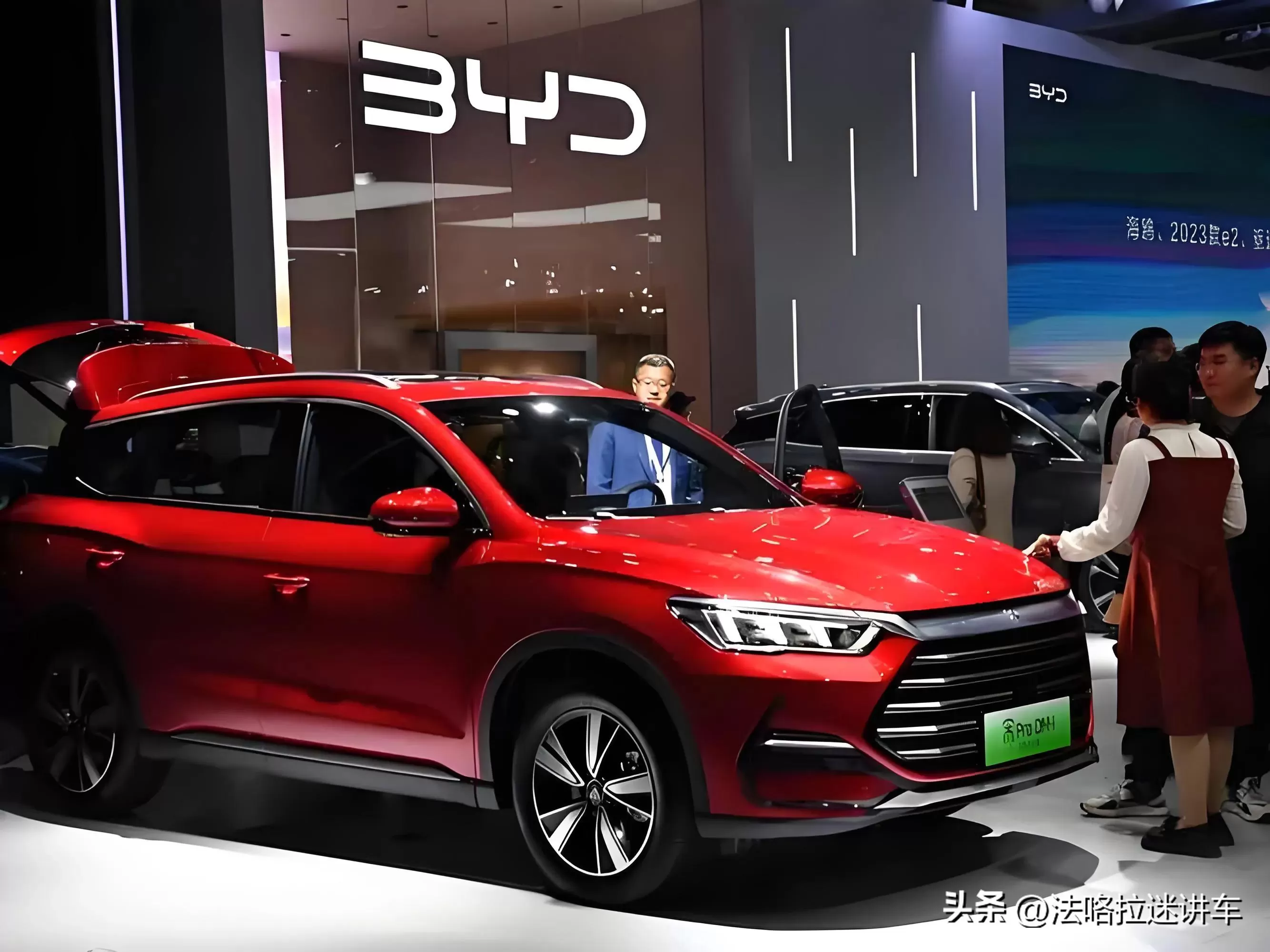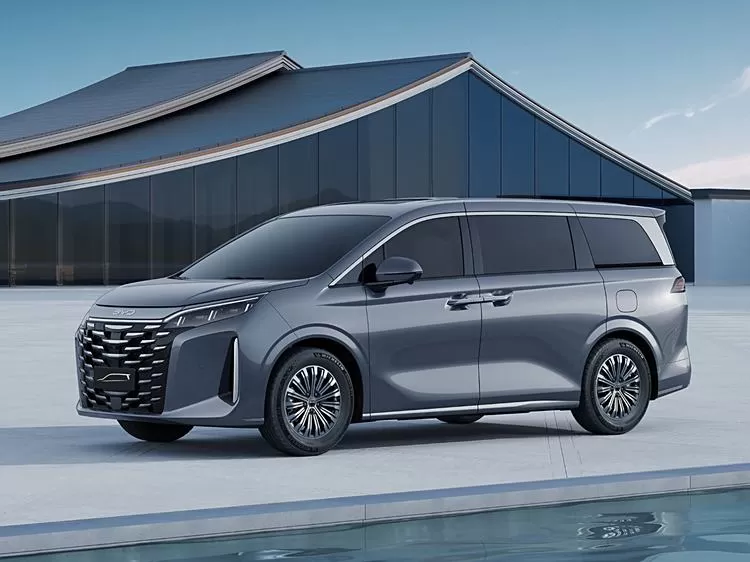After waiting for over a month, our ordered Xiaomi SU7 has finally been delivered. This car has been incredibly popular lately, so let's take a look at how this "king of traffic" performs in real life.
Table of Contents
Why Choose the Top Trim of Xiaomi SU7?
As Lei Jun's debut in the new energy vehicle industry, this car has generated immense buzz. Even friends who usually don't care about cars have been asking, “Are you going to order the Xiaomi SU7? Let me try it out when you get it!”
Apart from its widespread popularity, we chose the Xiaomi SU7 because we wanted to see how Lei Jun's first car performs and if it lives up to its 200.000-300.000 yuan price tag that has everyone raving.

The reason for choosing the top trim is straightforward: Xiaomi has packed almost all its selling points into the top trim model. This includes features like electric suction doors, Michelin PS series high-performance sports tires, Brembo brake calipers, perforated brake discs, an 800V high-voltage platform, 0-100 km/h acceleration in 2.78 seconds, CDC shock absorbers, and adjustable suspension, which are only available in the top trim version.
How Much Does It Cost?
We chose the top trim Max version of the Xiaomi SU7. with an official guide price of 299.900 yuan. Insurance cost 6.159 yuan. It's worth mentioning that Xiaomi Auto does not charge any service fees, and insurance can be bought independently, not mandatorily in- store, which is commendable compared to traditional 4S stores. Including the 120 yuan license plate fee, the total on-road cost is 306.179 yuan.
Since the order was placed before April 30th, we received free 20-inch plum blossom wheels, Nappa leather seats, an in-car intelligent refrigerator, and a lifetime free enhanced smart driving function.
The Real Car Looks Good
We chose the "Bay Blue" exterior color with a "Twilight Red" interior.
Upon seeing the car up close, I have to say Lei Jun understands the aesthetics of young people today. The car has a coupe-style design with a low-slung front end. The water drop-shaped matrix headlights and the bulging lines on the hood bear a resemblance to the Porsche Taycan, which is why some people jokingly call the Xiaomi SU7 the "Mi-sche."
The car's side features a double waistline design, giving it a more three-dimensional look. It also has frameless doors, embedded hidden door handles, privacy glass in the rear, and petal-style alloy wheels with yellow brake calipers, enhancing the sporty feel .
The rear has a through-type halo tail light, with the "xiaomi" pinyin logo and the "Beijing Xiaomi" logo on the lower left corner. Additionally, the Max version has a red "Max" logo to signify its identity.
The most distinctive feature at the rear is the electric spoiler, which supports four manual adjustment angles or automatic adjustment based on speed, adding to its stylish appearance.
Outstanding 56-Inch HUD
Inside, the biggest highlight is the Twilight Red color scheme, contrasting sharply with the Bay Blue exterior. The actual color is similar to BMW's Bordeaux Red, which I think is the most suitable interior color for the top trim version, being quite sporty.

The design is similar to most new energy vehicles, featuring a 7.1-inch full LCD instrument panel and a 16.1-inch floating central control screen, equipped with a Snapdragon 8295 cockpit chip. The rear can be equipped with a Xiaomi Pad for rear-seat entertainment. Interestingly, the instrument panel can flip when the vehicle is powered on, adding a nice ceremonial touch.
Additionally, the Xiaomi SU7 is equipped with a 56-inch HUD, one of the few large HUDs in its price range. It displays a larger area with more content, including road condition information, navigation interface, and remaining mileage, making it very convenient and providing a strong user experience.
The steering wheel of the Xiaomi SU7 has two special buttons on either side below. The left button activates the driving assistance function, while the right button is interesting: it not only switches driving modes but also can be set to Boost mode. Pressing this button will output excess torque for 20 seconds, offering quicker response than the Sport+ mode.
Initial Driving Experience
Upon receiving the car, I immediately took it for a preliminary test drive.
Many online say that the actual seating space of the Xiaomi SU7 is small, but in reality, it's not as bad as rumored. After all, the Xiaomi SU7's body dimensions are 4997/1963/1440 (1455) mm, with a wheelbase of 3000 mm, making it a genuine C-segment sedan. Apart from the width, its other dimensions are similar to the Zeekr 001. At 1.8 meters tall, adjusting the front seat to a normal driving position, there's one fist and three fingers of headroom, and two fists of legroom.
Next is the sound insulation. The Xiaomi SU7 uses single-layer glass, which theoretically doesn't insulate sound as well as double-layer laminated glass. However, at 120 km/h, the noise isn't excessive. For comparison, I drove a Jidu S7 with double-layer laminated glass to pick up the Xiaomi SU7. and the difference in sound insulation isn't significant. We will conduct professional sound insulation tests later.
Finally, the power experience.
The official 0-100 km/h acceleration time for the Max version is 2.78 seconds. Knowing this car is fast, its acceleration is more intense than expected. Even in Comfort mode, the power response is quick. Although the pushback feeling in Comfort mode isn't strong, the acceleration is still brisk. Switching to Boost mode provides a qualitative leap in power, and pressing the pedal to the floor gives an out-of-body experience.
Additionally, the acceleration capability is strong. At 100 km/h, pressing the accelerator still provides a strong pushback feeling.
Two Issues
Lastly, the Xiaomi SU7 indeed has two issues that must be mentioned.
One is the seat height and length. While the cabin space is adequate, the seat height is low. The front seats can be adjusted higher, but the rear seats, due to the coupe design, are low to avoid headroom constraints. This results in insufficient leg support, and the seat cushion is short, leaving the area near the knees unsupported, making long rides uncomfortable.
The second issue is the configuration. Even though the top trim version of the Xiaomi SU7 costs 300.000 yuan, it doesn't have a seat massage function. In comparison, similarly priced models like the Star Era ES and Jidu S7 have front massage functions, and the electric system doesn't have a lifetime warranty, which is unreasonable.

We will continue to review the car's actual range, smart driving system, and car-home connectivity in the future. Stay tuned for more updates, and let us know in the comments what you'd like us to review.






